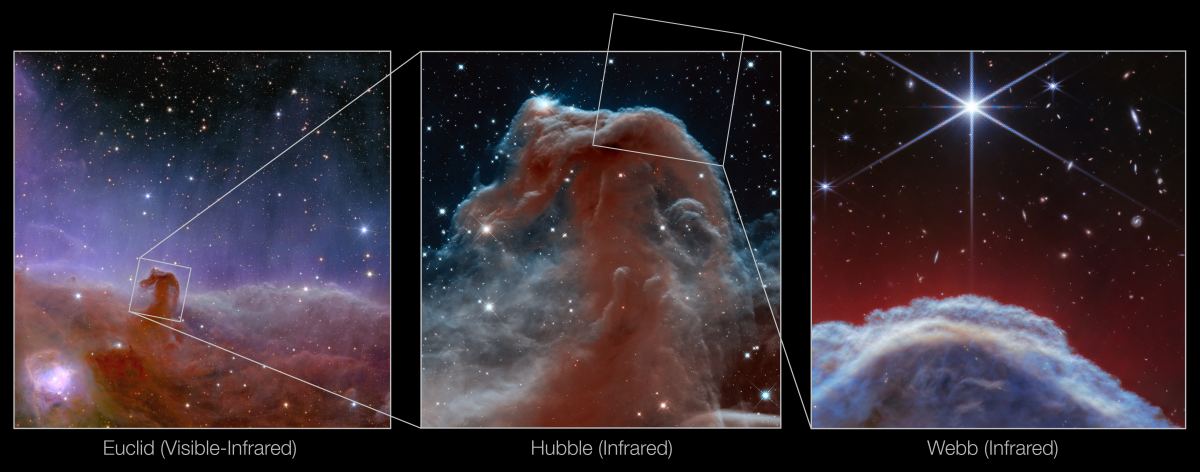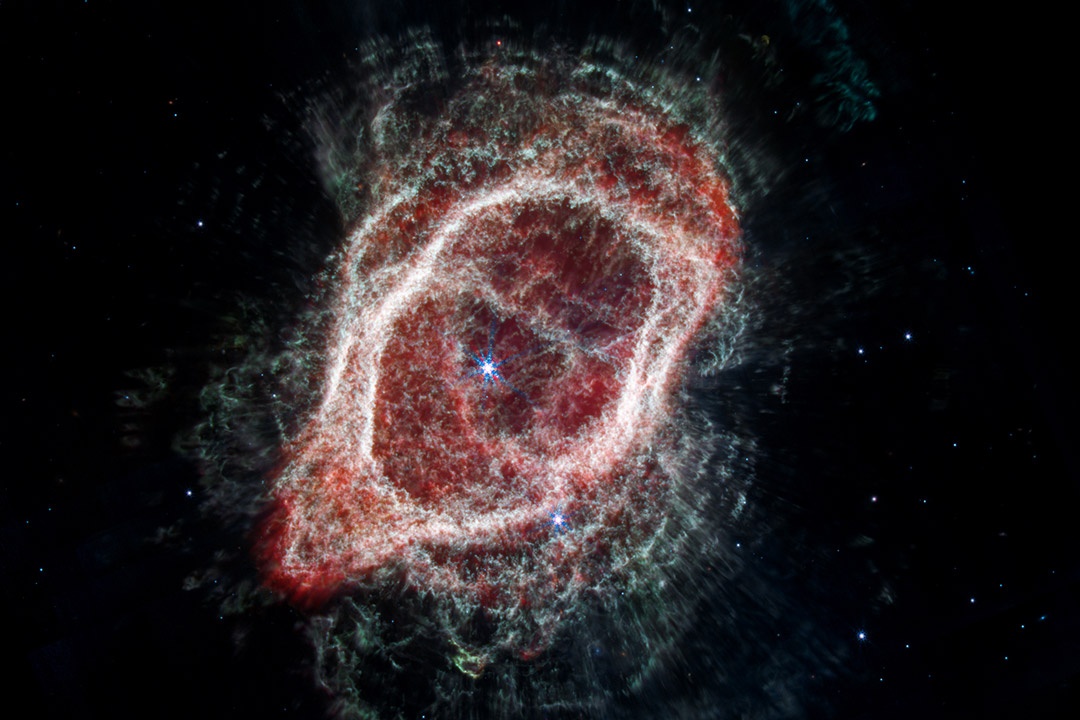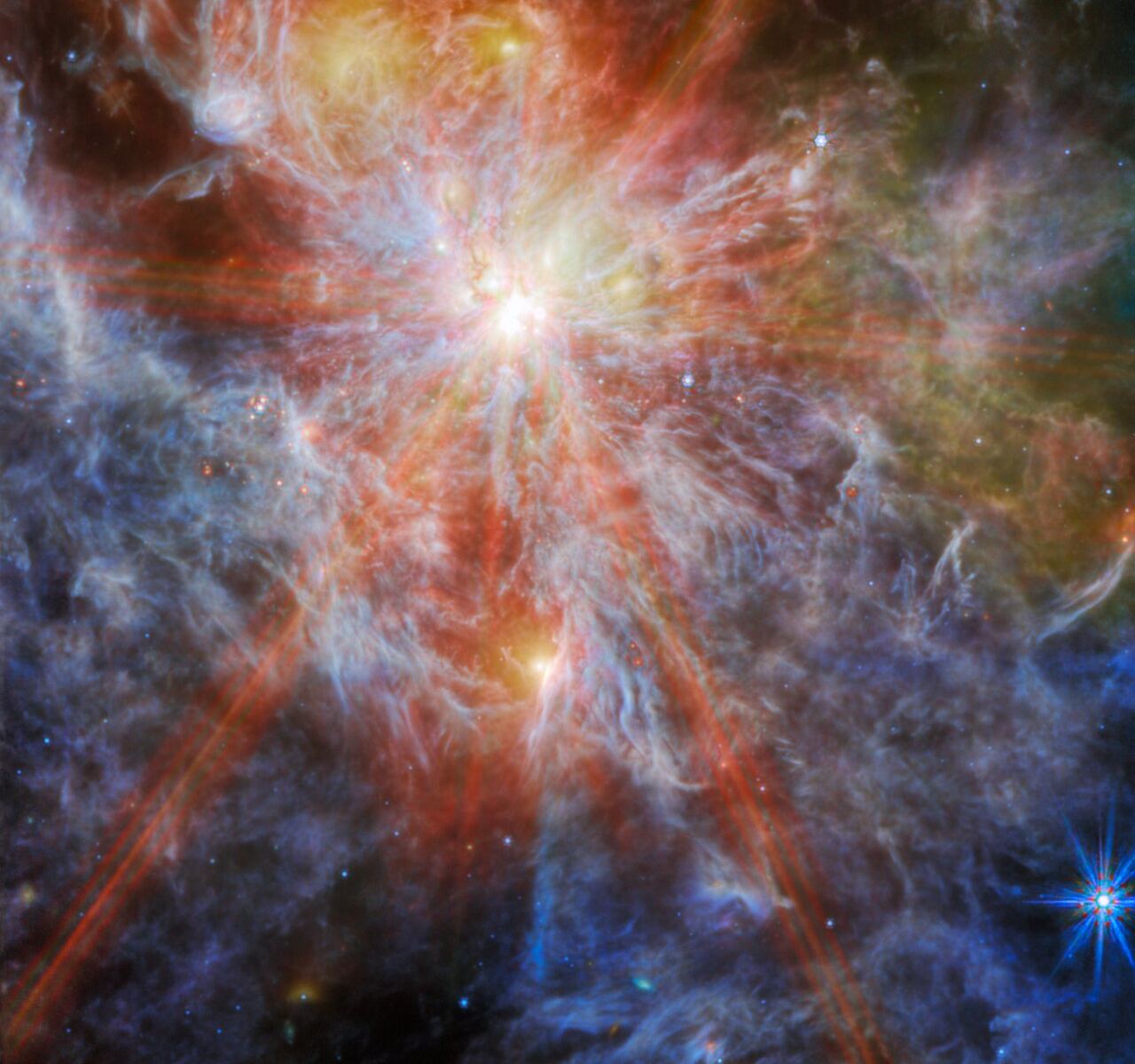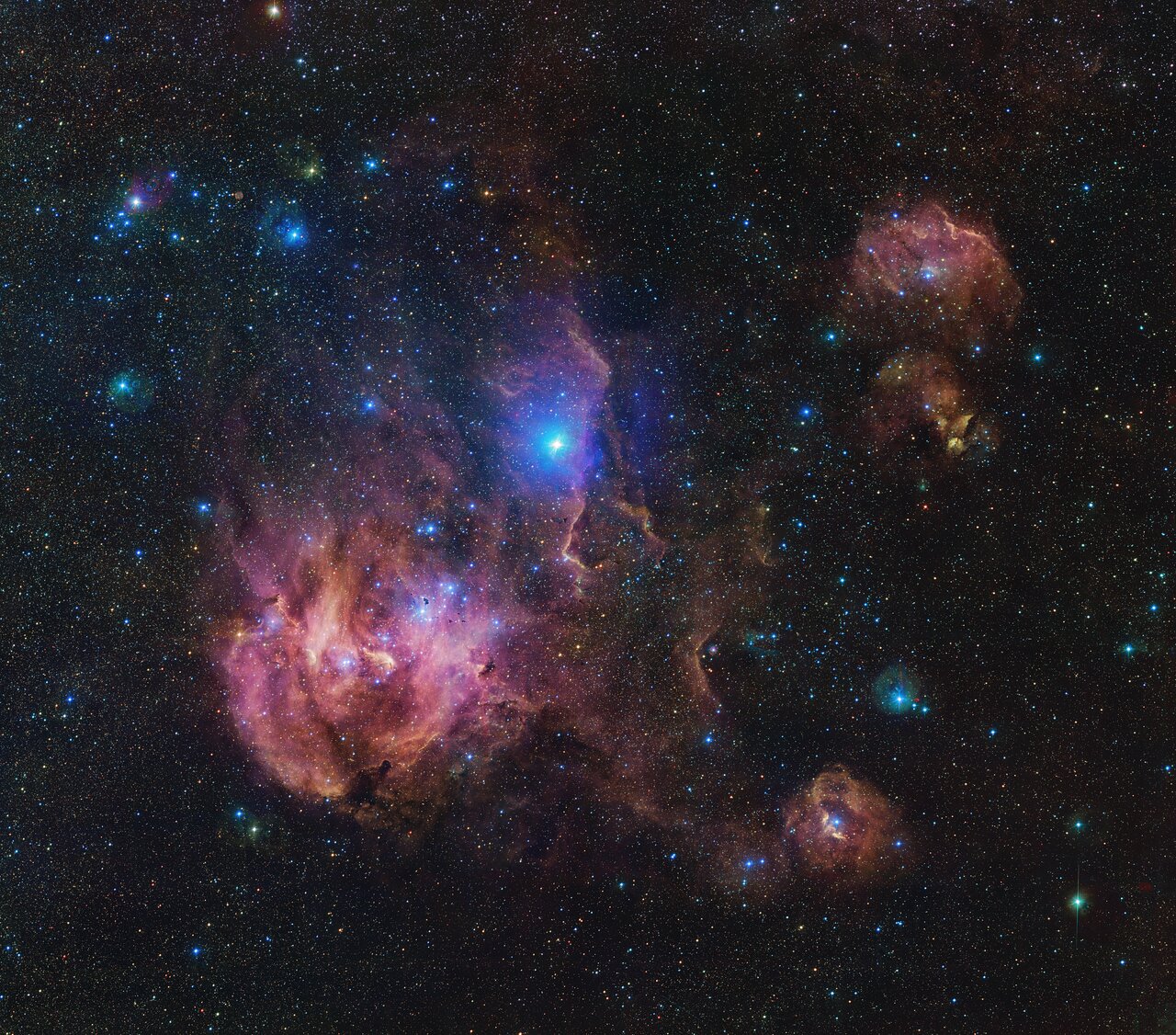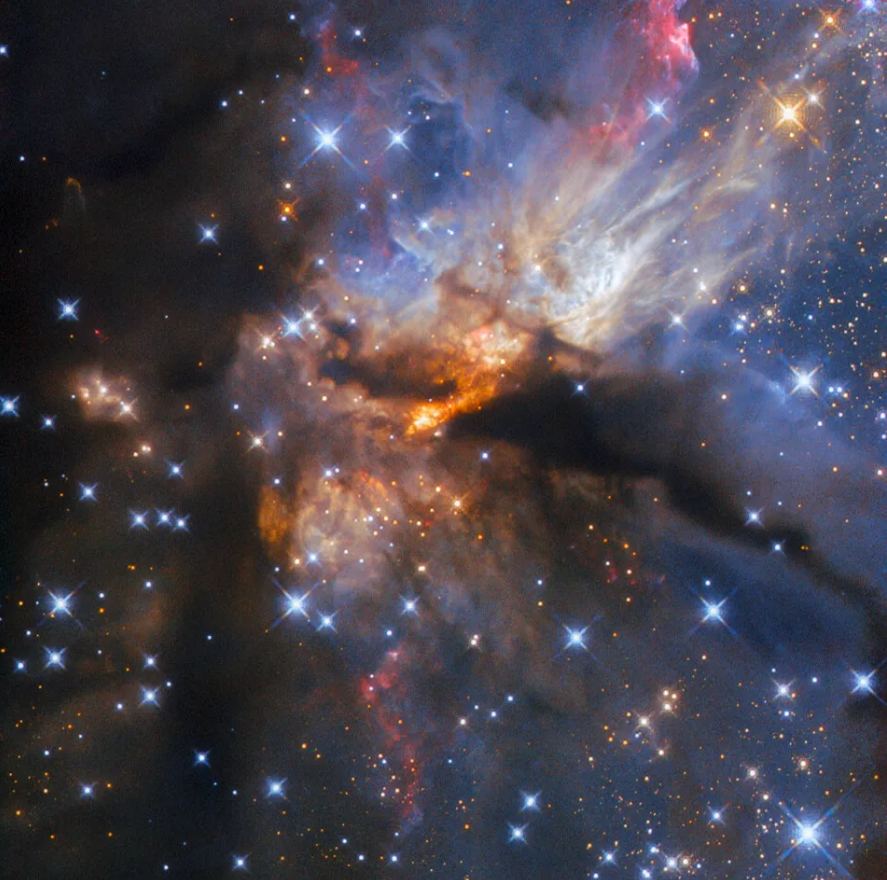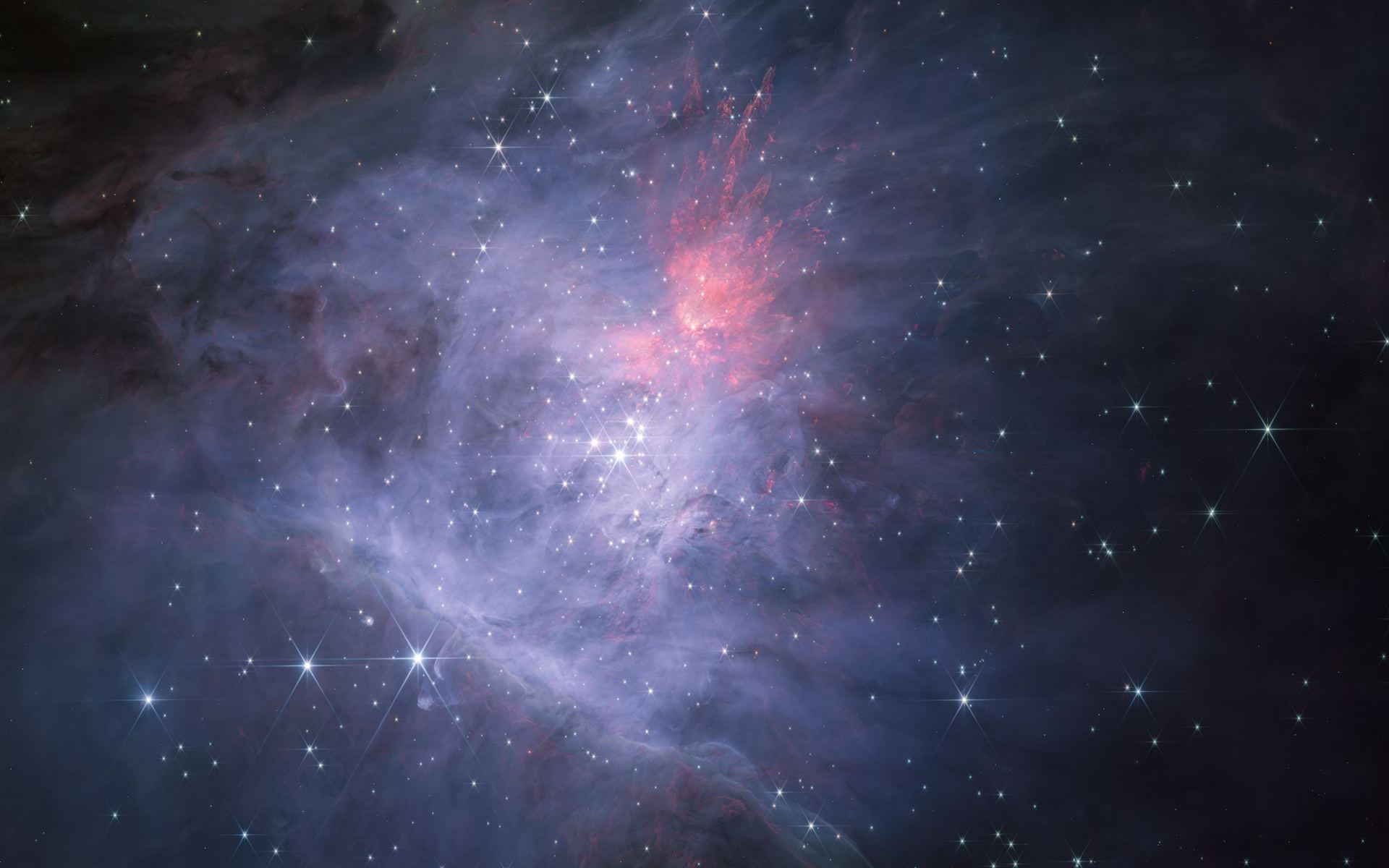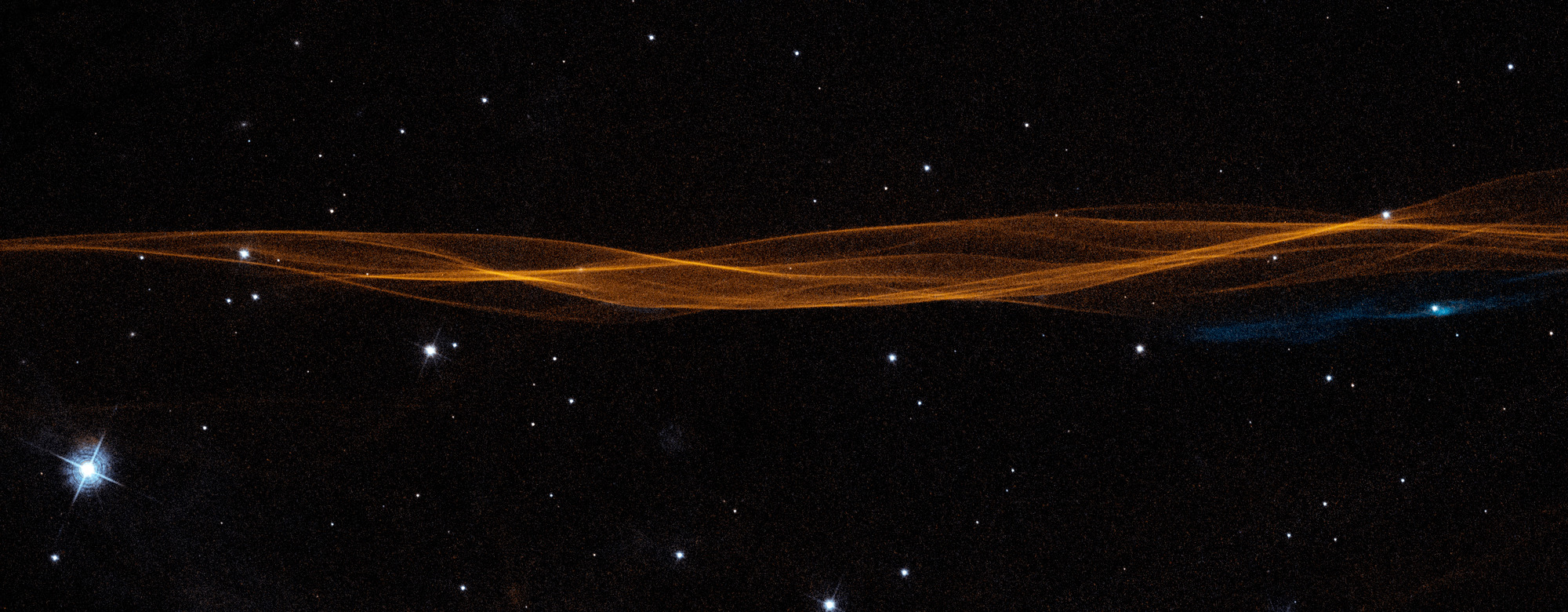A stellar odd couple 700 light-years away is creating a chaotically beautiful display of colourful, gaseous filaments. The Hubble captured the pair, named R Aquarii, and their symbiotic interactions. Every 44 years the system’s violent eruptions blast out filaments of gas at over 1.6 million kilometers per hour.
Continue reading “It Takes Very Special Conditions to Create This Bizarre Stellar Spectacle”It Takes Very Special Conditions to Create This Bizarre Stellar Spectacle




